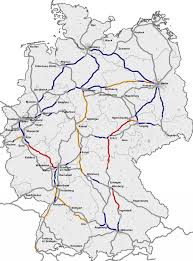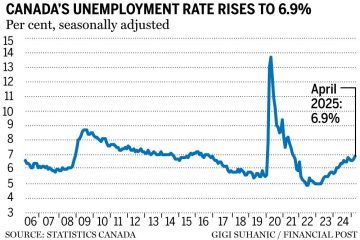The Future of High-Speed Rail in Canada

Introduction
High-speed rail (HSR) has emerged as a crucial component in modernizing transportation infrastructure, providing fast, efficient, and environmentally friendly travel options. As urban populations grow and climate change concerns escalate, the demand for effective transit solutions intensifies. In Canada, various HSR projects are gaining momentum, promising to revolutionize intercity travel and connectivity.
Current Developments in High-Speed Rail
In recent months, excitement has sparked around proposed high-speed rail lines connecting major urban centres. Notably, the Quebec City-Windsor corridor, which stretches about 1,000 kilometers and includes cities like Montreal, Ottawa, and Toronto, is one focal point. The groundswell for this initiative has been buoyed by federal support, alongside growing public interest in sustainable transport options.
The government has indicated a desire to invest in HSR to alleviate congestion on existing rail and road systems. According to a report by the Canadian Infrastructure Bank, investing in HSR could create approximately 50,000 jobs and significantly reduce travel time between major cities. For instance, the travel time from Toronto to Montreal could be slashed from around five hours to just under two hours.
Challenges and Considerations
While prospects for high-speed rail in Canada look promising, several challenges remain. Chief among them is the funding and planning required for such massive infrastructure projects. Additionally, concerns regarding land use, environmental impact assessments, and the potential displacement of communities must be addressed. HSR projects also demand robust technological and operational frameworks, which necessitate collaboration between federal, provincial, and municipal governments.
Moreover, public sentiment will play a crucial role in HSR development. Community engagement initiatives and transparent communication about benefits and impacts will be essential to ensure that the projects gain acceptance among stakeholders. This is particularly relevant in regions where HSR tracks may cross agricultural lands or residential areas.
Conclusion
The advancement of high-speed rail in Canada holds significant implications for the future of national transportation. If successful, these projects could not only improve efficiency and reduce travel times but could also contribute to a greener future by encouraging a shift away from automobile and air travel. As the Canadian government continues to explore and facilitate HSR initiatives, the coming years may well see a transformation in how Canadians traverse between their cities, fostering economic growth and environmental sustainability.








